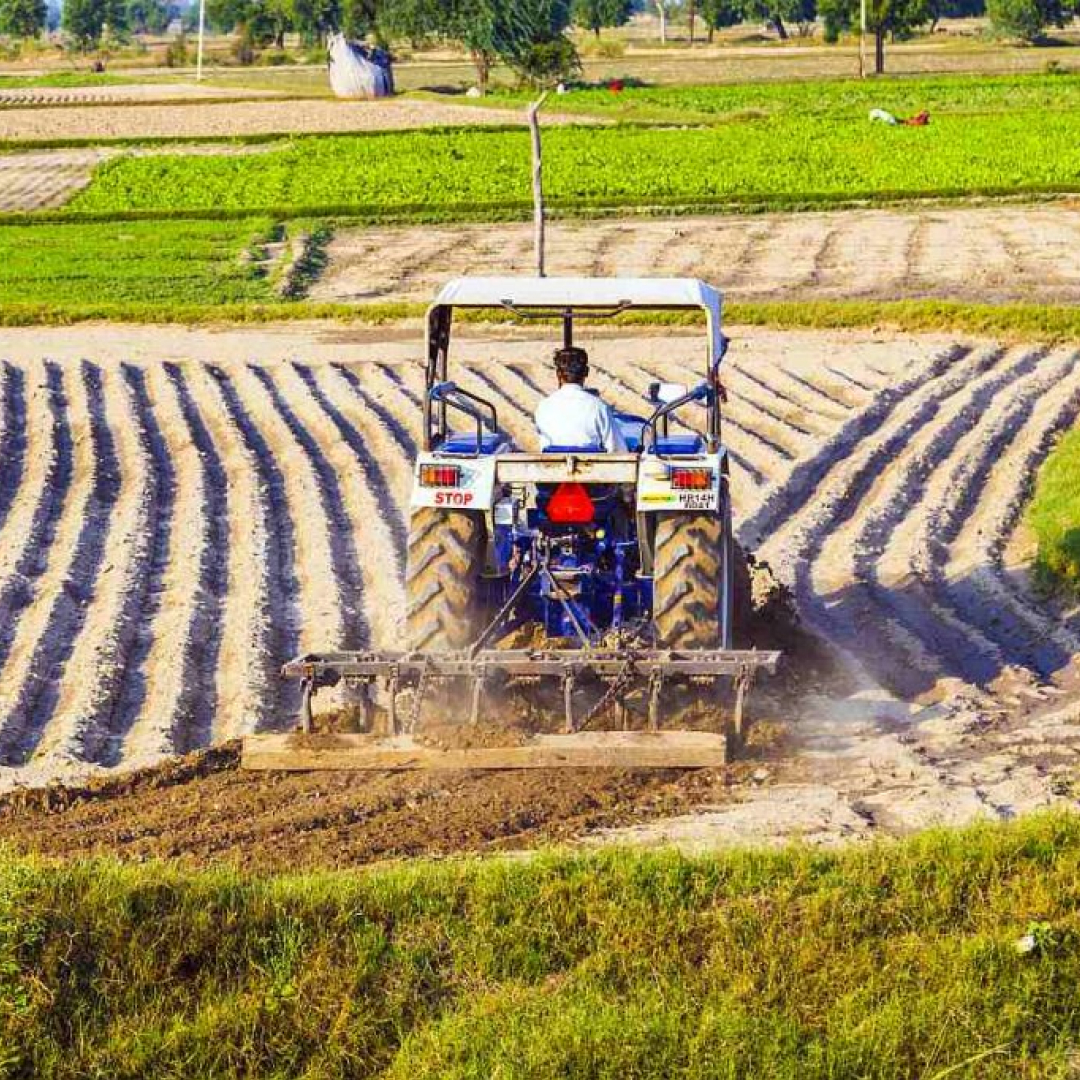
By Claude Flueckiger
Exploring the vital role of wild bees in the intricate tapestry of sustainable agriculture unveils a nuanced perspective often overshadowed by the spotlight on honey bees. Beyond the familiar buzz of Apis mellifera, numerous wild bee species play a crucial role in pollinating crops and safeguarding biodiversity. As scientific evidence underscores their significance, a shift in focus towards the preservation and proliferation of wild bee populations becomes imperative. This journey into the world of wild bees is not only an exploration of their biological intricacies but also a testament to their potential contributions to regenerative agricultural practices. In this visual narrative, the lens captures the essence of 30 different bee species, each representing a distinct genus within the border triangle of Switzerland, France, and Germany, shedding light on the rich diversity that exists among these essential pollinators.
Throughout my career in the agricultural industry, the impact of agricultural practices on bees has been an important consideration. Discussions in the industry often focus on honey bees (Apis mellifera). However, mounting scientific evidence has shown the importance of wild bees as pollinators safeguarding crop yields and as critical contributors to biodiversity. For biodiversity in particular, wild bees are even more important than honey bees. Unlike honey bees, many wild bee species are endangered. Growing the wild bee population can increase biodiversity and sustainability of agriculture.
Pollinator decline is a significant concern because pollinators are essential to humanity’s survival. Public discussion of this issue has emphasized honey bees, often overlooking the importance of wild bees and other pollinators. Honey bees have received the most public attention because they are important for agriculture and face many challenges, such as loss of flowering habitat, varroa mites, pathogens and insecticides. However, despite these challenges, the ecological problem of bee pollinator decline is not primarily related to the honey bee population but to the decline in wild bee populations. Honey bees raised by beekeepers are agricultural animals, similar to livestock, and not wildlife contributing to biodiversity. High densities of honey bees have had a negative impact on wild bees due to competition for floral resources.
Numerous factors have contributed to the decline in wild bee populations. Loss of appropriate habitat has been the most critical issue by far. The quality of habitat, including the variety and quantity of flowers during the vegetation period, and the availability of suitable nesting places nearby significantly affect species variety and abundance among wild bees. Creating and preserving habitat for wild bees is among the best ways to help their populations grow.
The opportunity for wild bees to benefit agriculture is highlighted by the shift towards regenerative agricultural practices, which emphasize natural and sustainable food production. Wild bees help increase crop yields by supplementing the pollination of honey bees and serve as important insurance for growers by providing an alternative means of pollination in situations in which the activity of honey bees or other pollinators is inadequate. Wild bees also aid in pollinating wild plants in ways that honey bees do not.
Additional research is required for a comprehensive grasp of wild bees’ biology and their potential advantages, as honey bees have been extensively studied and are better comprehended. An increased understanding of wild bees will reveal opportunities to promote these species through the use of new technologies in the interests of biodiversity and sustainable agricultural production. Various initiatives have already begun in this area and could have a major positive impact.
I became increasingly interested in the significance of wild bees in the context of sustainable agriculture and began to observe them firsthand. The interactions among these bees and their interactions with the rest of the fauna and flora are fascinating. I discovered a new world through macro binoculars and macro photography. Below is a selection of photos that I took of 30 different species of bees, one from each genus present in the border triangle of Switzerland, France and Germany. These photos represent all six families of bees that exist worldwide (a seventh family exists only in Australia).
Read the Full Article here – https://news.agropages.com/News/NewsDetail—48837.htm







Leave a Reply